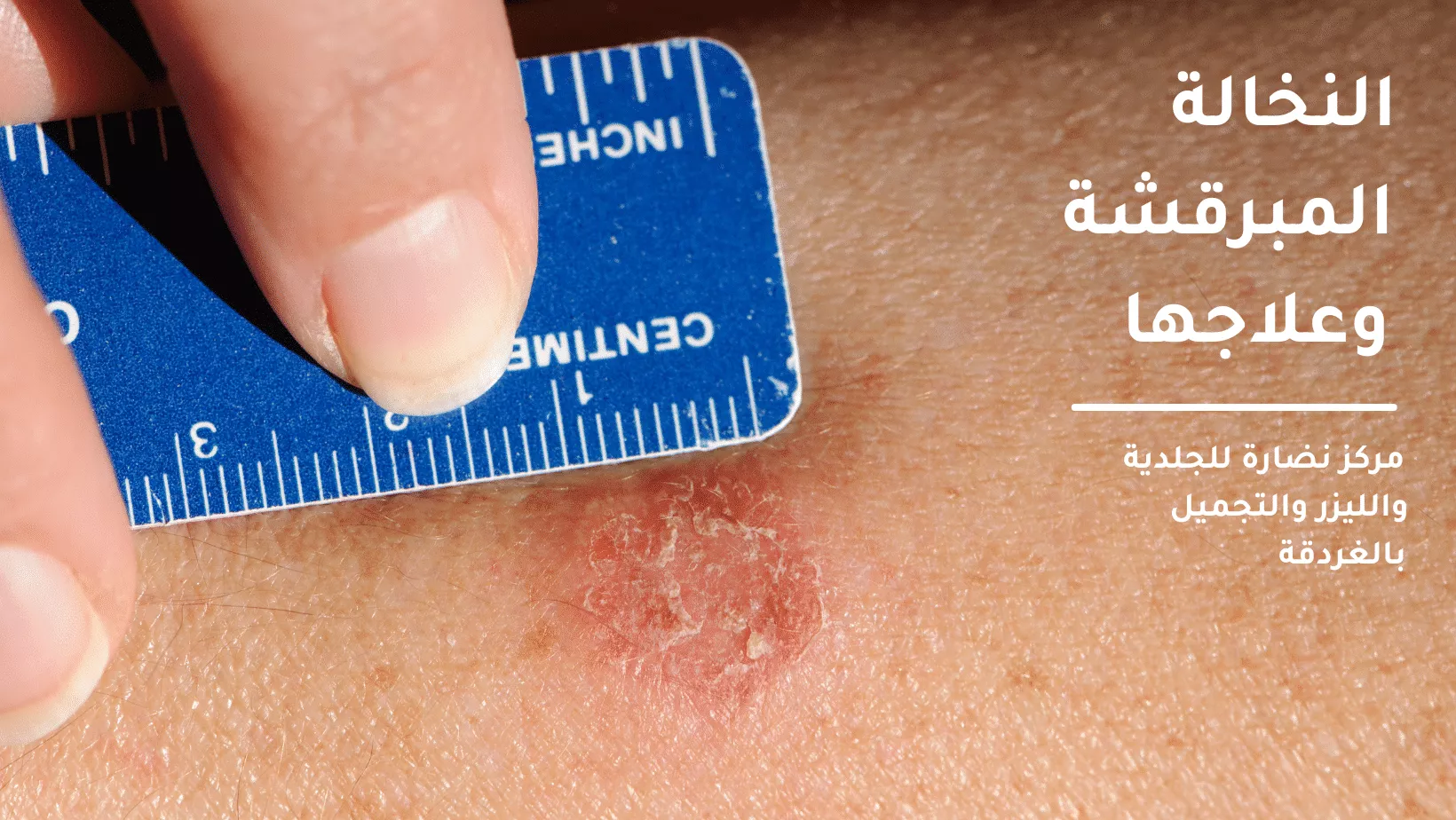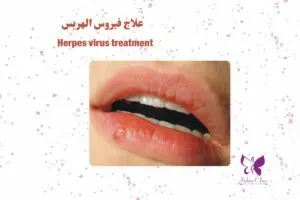Some people wonder about pityriasis versicolor and its treatment. If you suffer from it… here is the treatment in… Freshness Center for dermatology, cosmetology and laser in Hurghada.
The medical center has the best dermatologists who take care of you and give you the right medication for your condition.
In this article, we will learn what is the versicolor bran? And its causes, symptoms, and how to treat?
What is bran versicolor?
Tinea versicolor is a fungal infection that causes small spots to appear on the skin, also called tinea versicolor.
It is caused by a type of fungus that lives naturally on the skin.
But when its concentration exceeds the normal range, this type of rash occurs.
Causes of tinea versicolor?
This infection is caused by the fungus Malassezia and is found on the skin of more than 90% adults and its growth increases in the following cases:
- Oily skin.
- People who live in warm regions.
- Sweating a lot (hyperhidrosis).
- hormonal changes;
- Weakened immune system.
- Exposure to malnutrition.
- Creams, dressings, or clothing that do not allow the skin to breathe.
What are the symptoms of pityriasis versicolor?
The acidic bleaching caused by the fungus causes areas of the skin to differ in color from the surrounding skin.
These spots can be single or appear as signs and symptoms include:
- White, pink, red, or brown spots that may be lighter or darker than the surrounding skin.
- It does not take on a dark color as the rest of the skin does.
- These spots can appear anywhere on the body, but are most common on the neck, chest, back, abdomen and arms.
- These marks are dry, scaly, and may itch or hurt, although this is rare.
- The spots may disappear during cold weather, and get worse during warm, humid weather.
You can also read : skin tags | Causes and ways to remove them.
Diagnosis
Tinea versicolor can be diagnosed by the shape of the rash, and if more information is needed, some tests can help, including the following:
- black light check
In it, the doctor uses ultraviolet rays, which may make the affected areas appear in a copper-orange color if the infection is present.
- Microscopy using KOH . potassium hydroxide
The doctor removes cells from the skin, puts them in potassium hydroxide, and then examines them under a microscope.
- skin biopsy
A skin sample is taken by scraping some of the skin and scales from the affected area and then placing it under a microscope for examination.
Skin cells can be removed by first sticking a transparent tape tightly to the affected area and then removing it, after which the sample is placed directly on a slide for examination (In the case of children).
You may be confused because some skin problems have symptoms similar to pityriasis versicolor and also change the color of the skin, including:
- vitiligoIt is a skin disease that loses the color of your skin.
But there are ways to tell the difference and they include the following:
| vitiligo | bran versicolor |
| It often appears on both sides of the body at the same time | It does not appear on both sides of the body |
| The affected skin has a normal texture | The affected areas are scaly |
| Most common around the mouth, eyes, fingers, wrists, as well as the armpits. | They appear on the back, chest, upper arms, neck, and abdomen. |
- pityriasis roseaIt is a rash that causes small spots to appear on the body in the form of a tree.
Is pityriasis versicolor serious?
Although it can look annoying and the spots sometimes itch, infection is not dangerous and it is not harmful.
You can make an appointment with dermatologists in nadara clinic for Dermatology, Cosmetology and Laser in Hurghada For proper diagnosis and because it improves only with treatment.
Is tinea versicolor contagious?
The condition cannot be spread from person to person because most people already have Malassezia on their skin, and it has nothing to do with one's personal hygiene.
You can also read : skin patch.
How is pityriasis versicolor treated?
can be treated in nadara clinic for Dermatology, Cosmetology and Laser Under the supervision of the best dermatologists in Hurghada after detecting and determining the cause of the problem through antifungal medications.
The type of treatment depends on the size, location and thickness of the affected area.
These medicines are available in the form of shampoos, creams, and tablets.
First, anti-fungal shampoo or lotion
Treatment can be done with a shampoo (the recommended first treatment) and includes the following:
- clotrimazole.
- ketoconazole;
- miconazole;
- Zinc pyrithione.
- Selenium sulfide.
- terbinafine;
The shampoo is applied to the affected area and the patient continues rubbing it until it turns into a foam. You should leave it for 5 to 10 minutes before rinsing it off.
This treatment needs to be repeated every day for 5-7 days.
You may experience some skin dryness or irritation when using, so your doctor advises you to dilute the shampoo with water before applying it.
Second, anti-fungal creams
The doctor may prescribe some types of creams if the injury is in small areas of the skin.
These creams are applied to the affected area of skin once or twice a day for several weeks.
Some may feel a burning sensation when using, but rest assured, this feeling rarely occurs.
Third: anti-fungal tablets
If a large area of skin is affected or other treatments do not help, you may be prescribed antifungal tablets.
It should be taken once daily for 1 to 4 weeks.
Although rare, some side effects of these tablets may occur. The patient suffers from the following:
- Skin rash.
- feeling sick
- Abdominal pain.
Expected results after treatment
Antifungal shampoos, creams, and tablets are effective in killing the fungus that causes the disease.
But it may take several weeks or months for your skin to return to its normal color.
In more severe or recurrent cases, treatment may be repeated.
Does the bran come back again after treatment?
Infection can occur again after treatment, especially in the summer or during holidays in warm countries.
These fits are very common because the fungus that causes the infection is a normal fungus that lives on the skin.
You can use medicated cleansers once a week for 10 minutes at a time for a few months to help prevent the disease from returning.
What are the instructions that should be followed to deal with tinea versicolor?
- Avoid using oily skin products.
- Use an antifungal lotion daily before going into the sun if you have to go outside.
- Avoid exposure to the sun, as this may lead to or exacerbate an attack, and tanning makes Skin rash Clearer.
- Use a sunscreen every day, such as a broad-spectrum non-greasy formula with an SPF of at least 30.
- Wear loose-fitting clothes to avoid sweating, which can contribute to the problem.
- Choose breathable fabrics such as cotton.
Finally, after we have learned about tinea versicolor and how to treat it, I advise you to go to the Freshness Center for Dermatology, Cosmetic and Laser in Hurghada to receive the appropriate treatment for your case.







